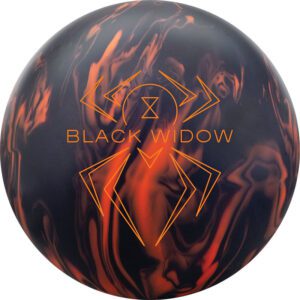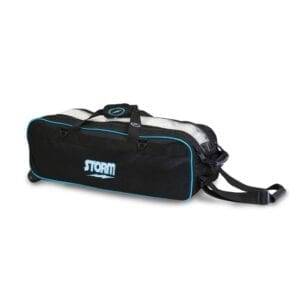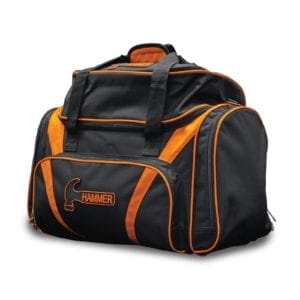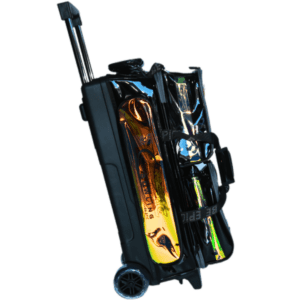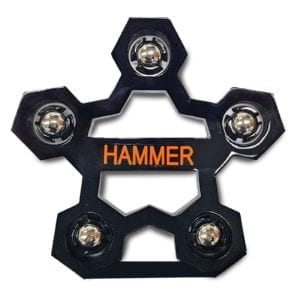Bowling News
Bowling centers not happy with state’s reopening plan

When it comes to activities that can be done while social distancing, you can do worse than bowling.…
Bowlers generally use their own ball and share a lane with people they know. There’s no reason to interact with anyone else or touch shared surfaces. Even the shoes can be sanitized. Bowling
“We’ve always sanitized the house shoes, but now we do it twice,” said Lyle Zikes, proprietor of Beverly Lanes in Arlington Heights. “It’s not business as usual. My niece is out there cleaning the finger and thumb holes out of the house balls. We’ve never done that. There was never a need to do that.”
The state of Illinois cleared the way for bowling centers to reopen on Friday, June 26. Bowling center operators aren’t happy, though, because the state put a strict 50-person limit for the centers reopening, instead of 50 percent capacity, which is what the owners were expecting.
“We felt sort of betrayed,” said Bill Duff, executive director of the Illinois Bowling Proprietors Association. “The livelihood of our bowling centers are at stake. They have to make a decision, can they operate profitably? At 50 percent capacity, at least it gives them a chance, but 50 people? They have to make a decision whether they should even reopen.”
A check of websites showed a majority of independent bowling centers in the suburbs opened on June 26. The Bowlero chain, which has 14 locations in the area, has not reopened.
Among the centers open for business and trying to survive under the new rules is Lakes Bowl in Round Lake.
“At 50 percent, we can get by in the summertime, because summertime is slow for us anyway,” Lakes Bowl owner Joe Piagentini said. “I put up separators between each pair of lanes. If you come in with your family of 10 or less people, it’s all sanitized, you can bowl, leave your house balls there. When you get done, we resanitize it before the next group goes down.”
The most obvious flaw in the 50-person rule is bowling centers come in a wide variety of sizes. In comparison, restaurants opened for indoor dining under Phase 4 guidelines with no limit on the number of patrons that can be served. The restriction is tables must be six feet apart.
Bowling center operators argue they can create the same distancing guidelines by using every other lane. This is a major issue for the state’s largest bowling center, Stardust Bowl in Addison, which has 84 lanes and did reopen on June 26.
“We thought initially that it was important to start having a presence and have people come in and get used to (the new safety guidelines), hoping we can get to a break-even point,” said Jim Saffold, general manager of the Stardust Bowl. “The metric on this is we’re actually losing more money now by being open than we were by being shut down.
“I could have 50 people in this building and you could not even possibly see them all. I could shoot a cannon off in here and miss every single one. The inequity of how they have it set up is mind-boggling.”
All in the family
Independent bowling centers in the suburbs tend to have a long history. There are dozens in the area that have been open since the 1950s or 60s. The Stardust Bowl originally opened in the 40s and grew to its current size in the early 70s.
“We opened in 1955, so we were about to have our 65th anniversary,” Zikes said of Beverly Lanes. “We’ll put that off. One thing we can’t have is a big crowd.”
The Wood Dale Bowl has been open since 1948. Parkside Lanes in Aurora, another large center with 54 lanes, opened in 1956, to give two examples.
“Other than really the Bowlero chain, bowling is still one of the last bastions of independent small-business operators, family-owned,” Duff said.
One center that has yet to reopen is Elk Grove Bowl, which has 40 lanes and has been in business since 1963. Owner Debbie Handler feels it’s not economically feasible to open with a 50-patron limit.
“I’m third generation, so we’ve been through recessions, we’ve been through everything, but obviously never anything like this,” Handler said. “I don’t get the feeling the people making these decisions understand bowling. I don’t think they understand the size of our centers and that we could easily separate people.”
Slowing the roll
There is reason to be optimistic about the future of bowling. The operators interviewed for this story said bowling was booming before the pandemic hit.
“I’ve been here 30 years and it was probably going to be our best year ever,” Saffold said. “It was projecting to be our best season ever, our September to August season. That’s a lot to be said. We work very hard and spend a lot of money keeping our place up.”
Independent bowling centers tend to rely heavily on leagues, which are popular in the winter months. Handler said Elk Grove Bowl spent more than a million dollars on renovations over the past four years.
“Our leagues, counting all the monthlies and biweeklies, we had about 1,800 league bowlers,” Zikes said. “Of those, about half were weekly league bowlers that we’d see every Tuesday night or Wednesday night or whatever for 34 or 35 weeks in a season. That’s what’s kept us going. That’s why we’ve been able to stay around has been our league base.”
Saffold is concerned because in the next 12 months, Stardust Bowl is scheduled to host two professional women’s tournaments, along with college sectionals and national championship. He pointed out that hundreds of students attend college on bowling scholarships.
“Don’t get me wrong, we fully understand that we have a problem with this virus,” Saffold said. “We get it. But we’re working just as hard, if not harder, than any other industry to make sure we keep it under control in our facilities.
“Something needs to change soon, otherwise we’re all out of business. They’re telling us that somewhere down the line, they’ll reassess the numbers. OK, what does that mean? Are we talking tomorrow, next month, two or three months? And what’s that number going to be?”
In the meantime, most independent bowling centers in the suburbs are open, scrambling to survive like every other business that relies on people walking through the door.
“I think the centers will survive it if we can go into the fall and resume close to a normal operation in terms of leagues,” Zikes said. “If we’re not able to, that could be very difficult, because if you don’t start off with normal leagues in September, you’ve given up a lot of the year, not just the month.”
• Twitter: @McGrawDHBulls


